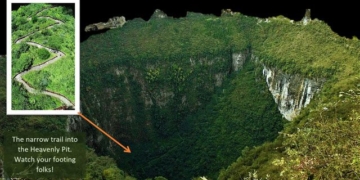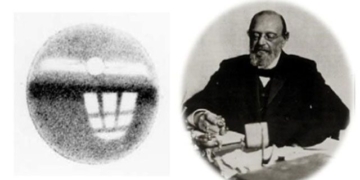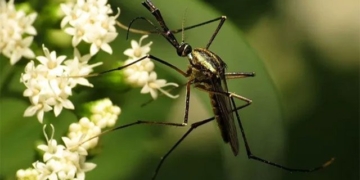From a small fishing village by the sea, Nha Trang has now developed into a bustling urban area in the South Central Coast, attracting millions of tourists each year.
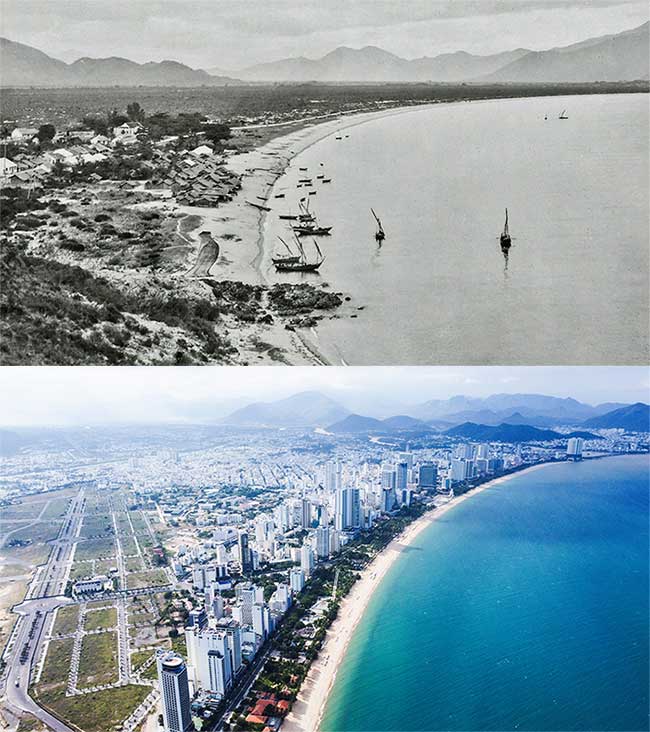
Nha Trang in the 1920s-1929 was a coastal fishing village (now Tran Phu street). In the past, this area consisted of shabby houses along the beach, where residents made their living through fishing and small trading. Today, the road holds a prime location in the city with high traffic density. In 1924, King Khải Định issued a decree to establish Nha Trang town. At its inception, the town comprised four small villages: Xuong Huan, Phuong Cau, Van Thanh, and Phuong Sai. In 1944, this area was upgraded to a town and on March 30, 1977, it was elevated to the status of a city directly under Phu Khanh province. Currently, Nha Trang is classified as a Type I urban area in Khanh Hoa.
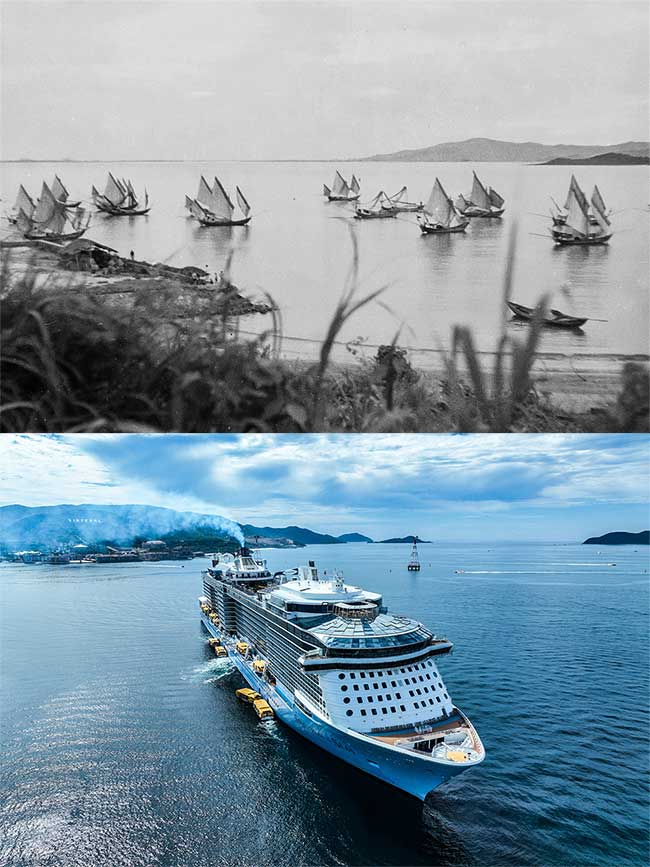
Fishing boats in Nha Trang Bay in 1920-1929. Nha Trang Bay is the second largest bay in Khanh Hoa province (after Van Phong Bay), featuring 19 large and small islands. This area boasts rich natural resources and is home to the country’s first marine biodiversity conservation area. To date, local authorities have placed significant emphasis on the conservation activities of this bay, which is also a stop for international cruise ships. According to the Department of Tourism, in 2024, Khanh Hoa is expected to welcome 45 cruise ships.
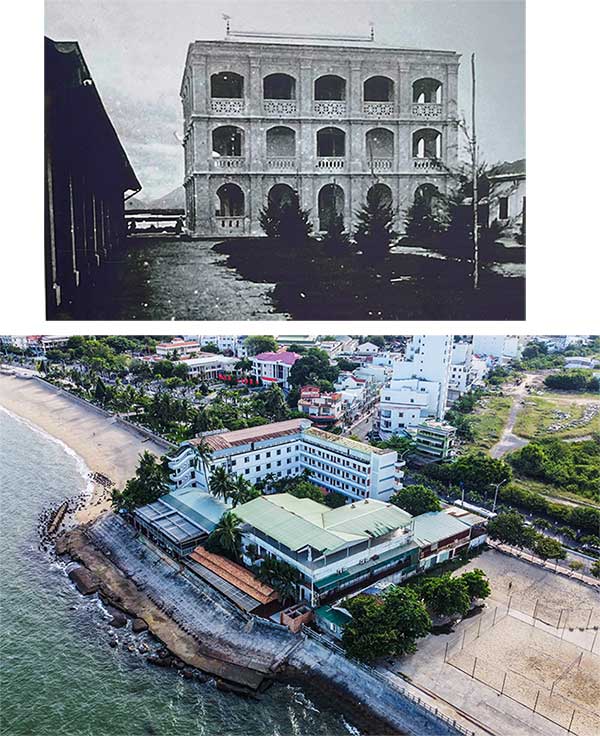
The house of Dr. Alexandre Yersin (also known as Uncle Tu’s house) in Nha Trang. In 1891, after arriving in Indochina, Yersin decided to resign from Messageries (the Shipping Company – serving as a doctor on the Saigon-Haiphong train) to live in Nha Trang. He built a wooden house in Xom Con, opened a clinic, and often treated patients for free, earning the affection of locals who called him Uncle Tu. This place is currently the 378 resort of the Ministry of Public Security, with plans to relocate to the northern area of Cam Ranh Peninsula. In the future, this area will feature a complex with prominent structures such as the Yersin Museum (4,000 m2), a commercial area, and a beach bar; along with the renovation of Yersin Park…
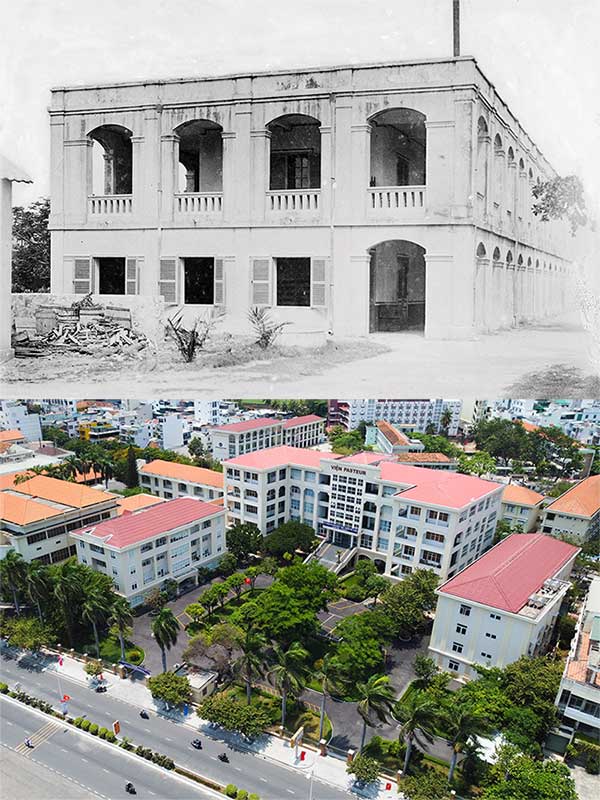
Pasteur Institute in Nha Trang in 1920-1929. This institution was established by Dr. Alexandre Yersin in 1895. Initially, the institute was just an old laboratory with a row of stables. It was used for drug formulation, studying malaria and various pathogens causing diseases in humans… In 1975, the Pasteur Institute in Nha Trang became part of the preventive health system of the Ministry of Health. Currently, the institute has 160 staff members, with operational areas stretching from Quang Binh to Binh Thuan.
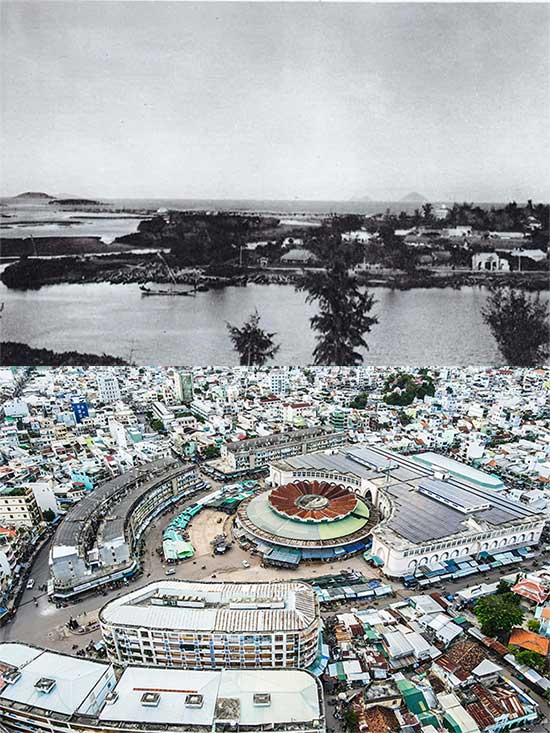
Xuong Huan Lagoon (also known as En Lagoon – home to many swallows), now is the area of Dam Market in Nha Trang. According to documents, around 1908, Nha Trang already had a market established at the end of En Lagoon (near Phan Boi Chau street today). Over time, as the population grew and goods were sold spilling into the streets, construction along the lagoon became chaotic. Therefore, local authorities discussed building a new market. On April 12, 1969, the Nha Thuy Shipping Company from Saigon used sand to fill the lagoon. After six months, the first stone was laid on the vast sandy area, marking the construction of Dam Market, which was completed on February 22, 1972. En Lagoon now exists only in the memories of locals. Currently, Khanh Hoa province has built a new Dam Market adjacent to the old round Dam Market.
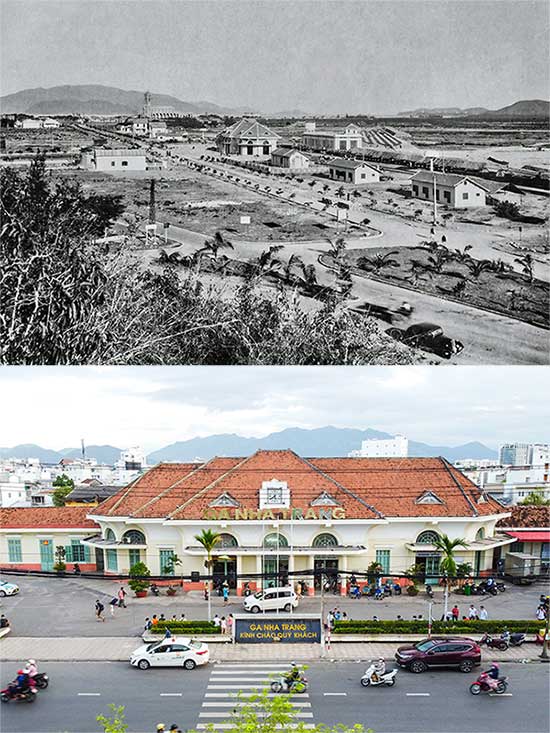
Nha Trang Station in the 1920s-1929. The building was inaugurated on September 2, 1936, covering an area of 14.8 hectares. This location marked the scene of Khánh Hòa residents’ struggle against French colonialism on October 23, 1945. Over the decades, the structure has retained its French architectural style, featuring five railway tracks, including two main lines and three loading and unloading tracks. Currently, it welcomes dozens of trains arriving and departing Nha Trang daily. In the future, Nha Trang Station is planned to be transformed into a museum and park… A new station will be built in Vinh Trung commune, Nha Trang city.

The Cathedral (also known as the Mountain Church) at the roundabout, the center of Nha Trang city. The building covers a total area of 720 m2 and was constructed in 1928 in the ancient Gothic architectural style. This area was previously wild, and when the French came to Nha Trang, they split the Hon Mot mountain in half. The western half of the mountain was flattened by 500 bombs to create space for the church’s construction. This church attracts many locals and tourists, especially during major holidays.
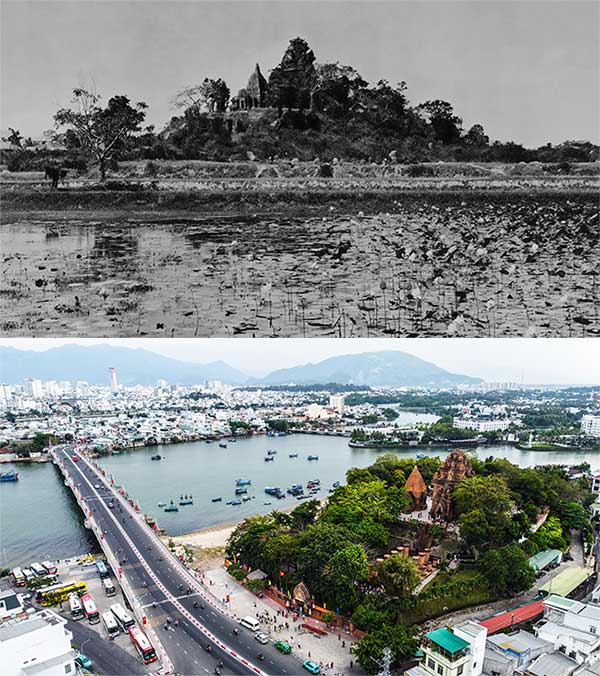
Ponagar Tower located on Cu Lao Hill, beside the Cai River of Nha Trang. The tower was built during the peak of Hinduism in the ancient Champa kingdom. This unique architectural complex of the Cham people was designated as a national historical relic by the Ministry of Culture, Sports, and Tourism in 1979. The Ponagar Tower Festival is held from March 21 to 23 of the lunar calendar each year, attracting approximately 1.3 million visitors annually. In 1925, the Xom Bong Bridge was built across the Cai River, located next to the Ponagar tower relic. Over time, the bridge has undergone multiple renovations, with the latest being last year.
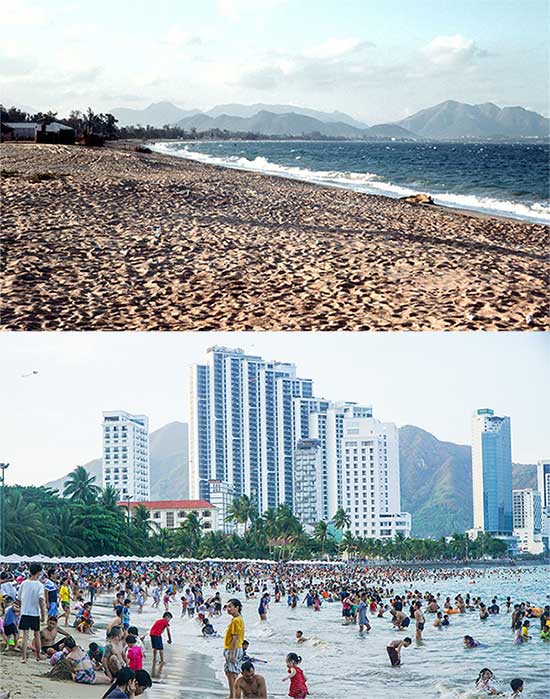
Nha Trang beach in 1968 – (Photo: Clare Love). Today, the beach is considered one of the most beautiful beaches in the Central region, attracting millions of visitors each year. In the first quarter of 2024, Khanh Hoa welcomed approximately 650,000 tourists, 2.7 times higher than the same period in 2023.
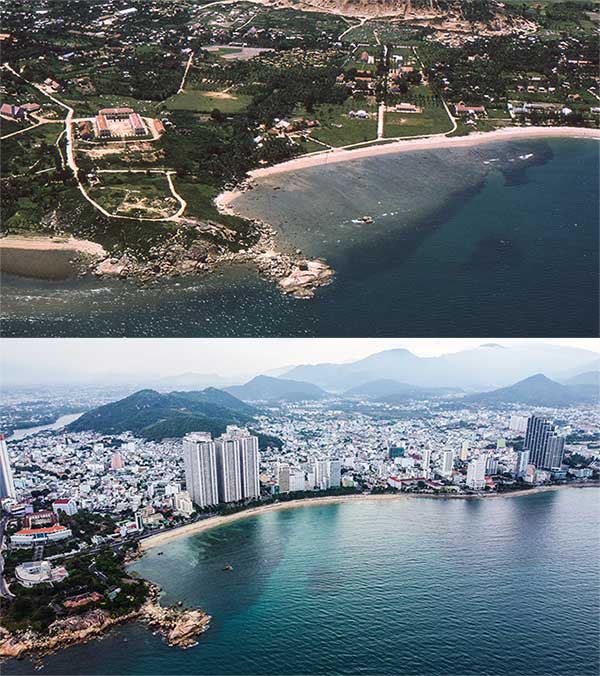
The northern area of Nha Trang, the coastal road passing through Hon Chong now features many high-rise buildings, attracting a large number of foreign visitors. Over the years, Nha Trang’s economy has developed comprehensively, with an average growth rate of 11.2% per year. According to the general planning outline, Nha Trang city will serve as a center for science and technology, education and training, marine tourism services, trade – finance of the South Central Coast and Central Highlands; an administrative, economic, cultural, and scientific center of Khanh Hoa; playing an important role in national defense and marine environmental protection.
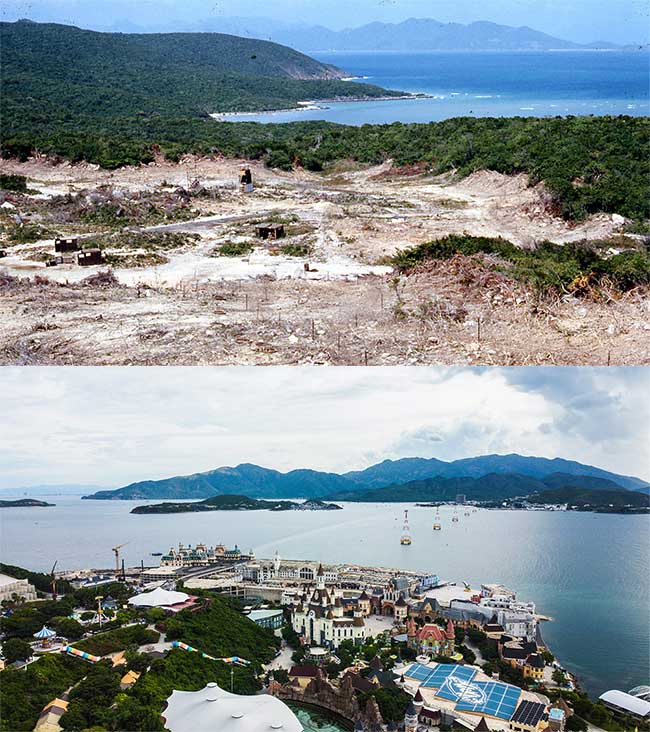
Hon Tre is one of the largest islands in Nha Trang Bay, viewed towards Nha Trang city in the years 1967-1969. Today, the island has been invested in recreational and resort areas, becoming an attractive tourist destination for visitors to the coastal city.
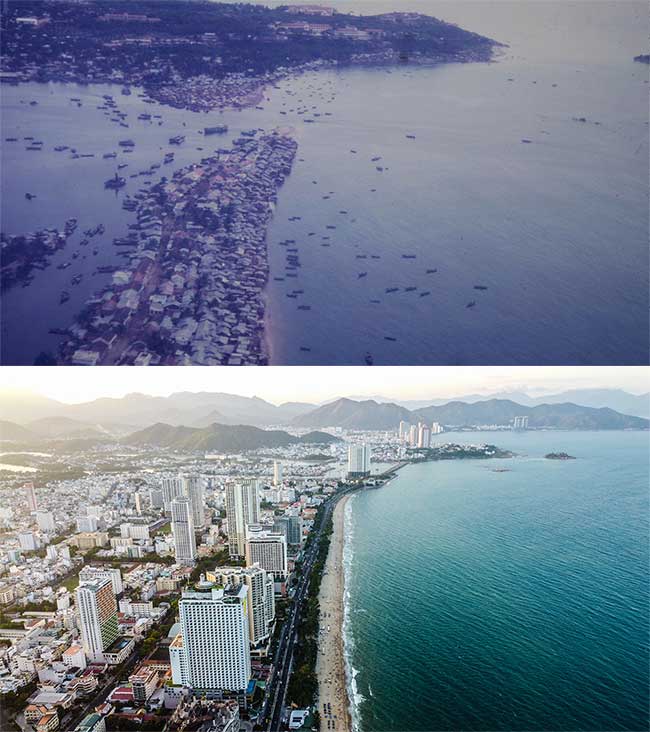
Xom Con in 1968, the coastal area of Nha Trang, now Tran Phu street. At the river mouth, after many years, the Tran Phu Bridge was built – a highlight of the coastal road in Nha Trang, linking the two banks. (Photo: Sue Ellen). Khanh Hoa province is implementing Resolution 09 of the Politburo, aiming to achieve the status of a centrally governed city by 2030. In this plan, Nha Trang is the core urban area, one of the three key socio-economic regions of the province. Mr. Ho Van Mung, Secretary of the Nha Trang City Party Committee, stated that the entire economic sector of the city must be environmentally friendly, with high added value, with the focus still on developing services and tourism.

















































